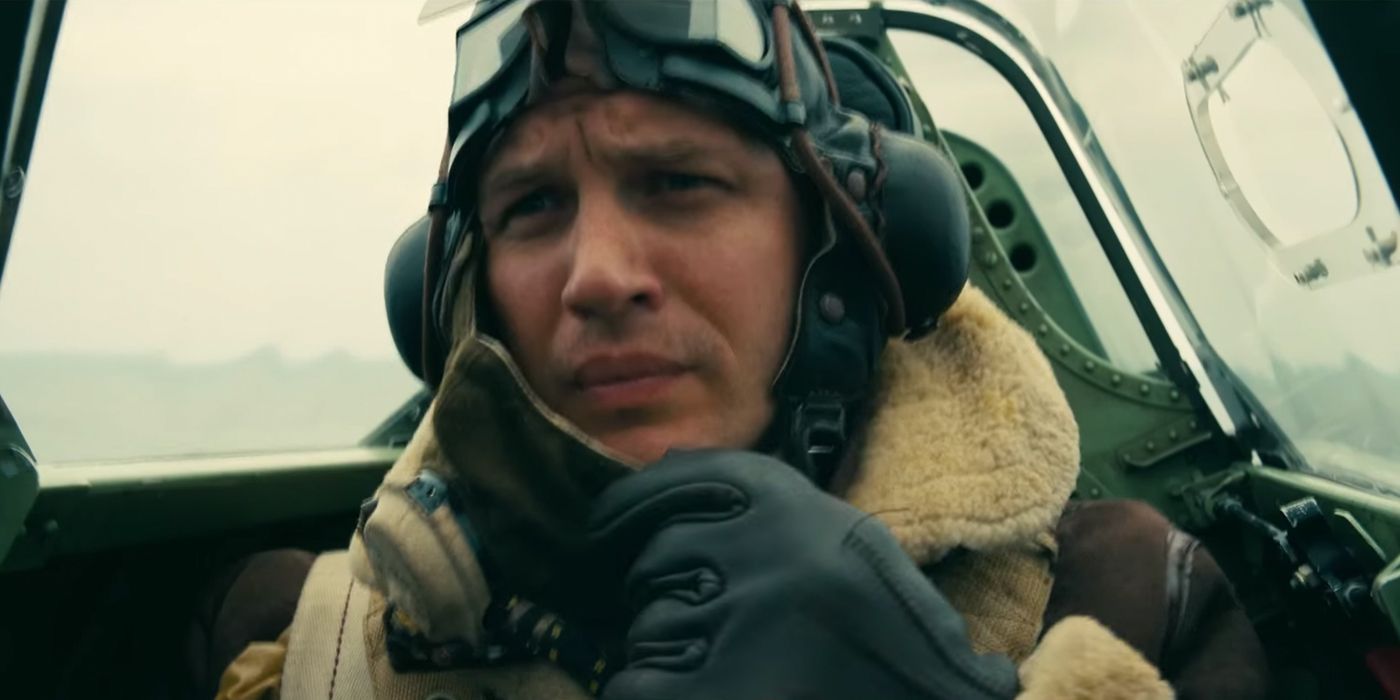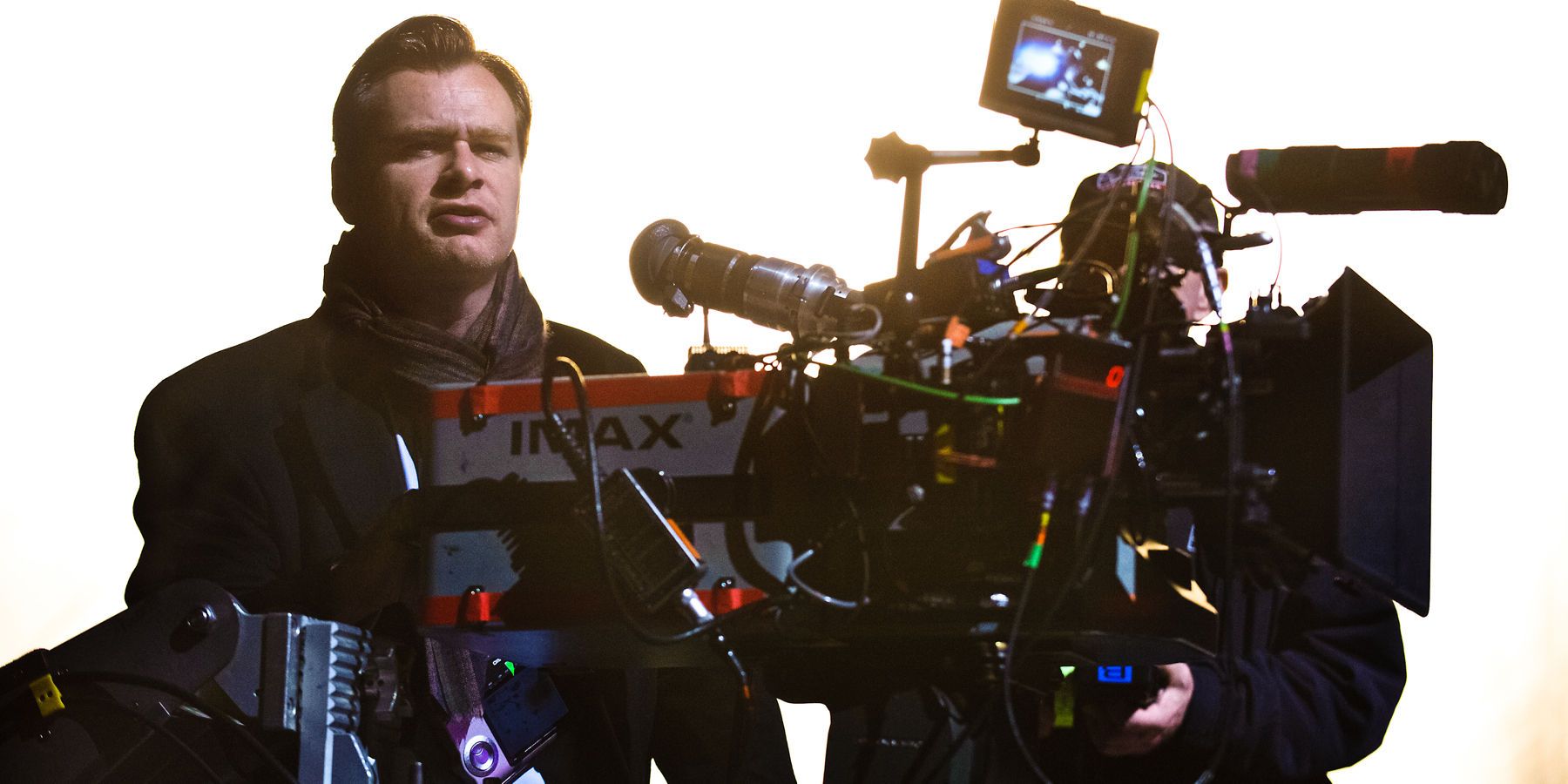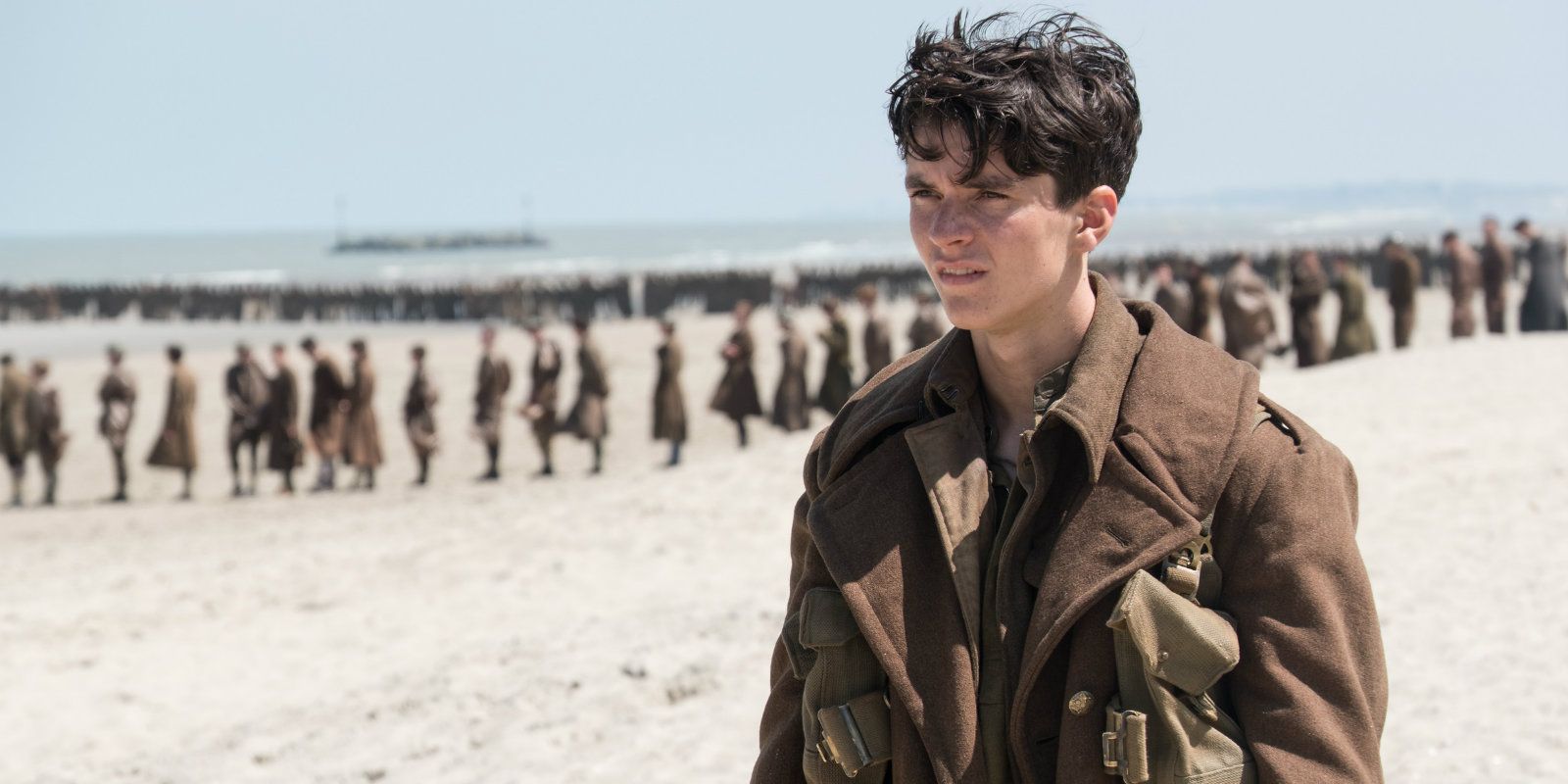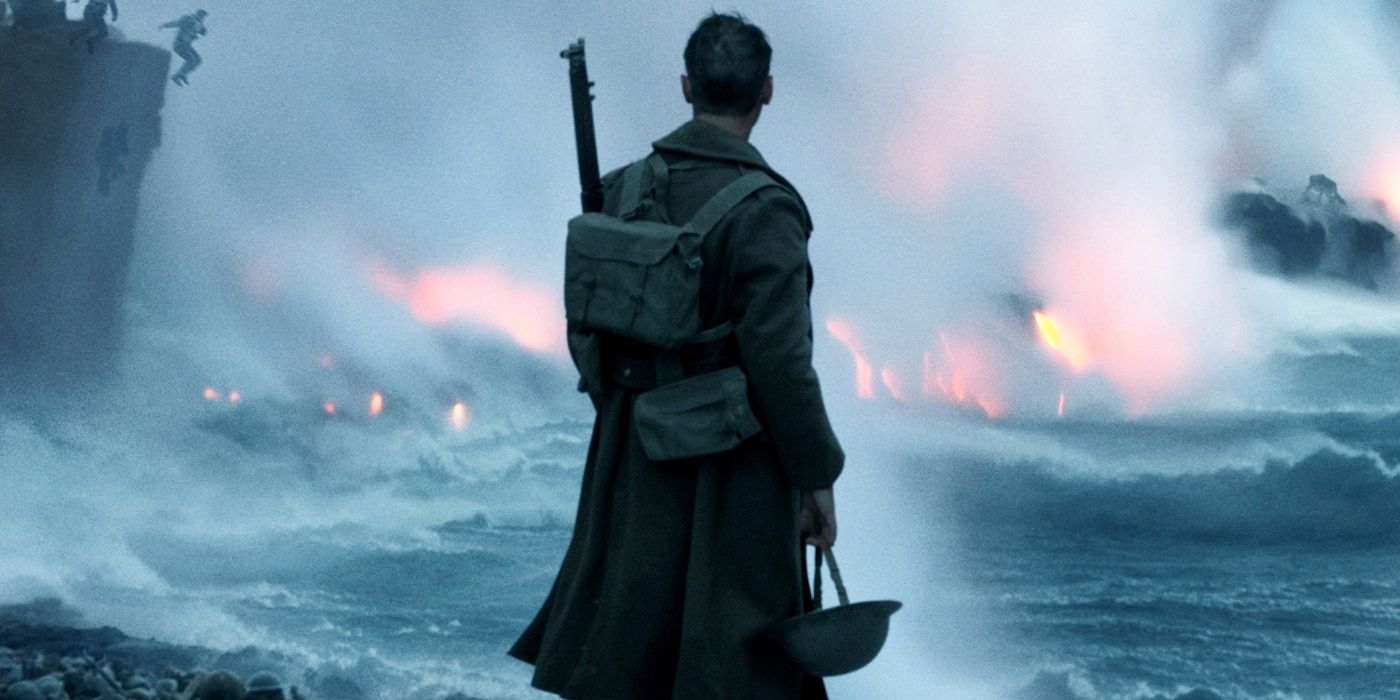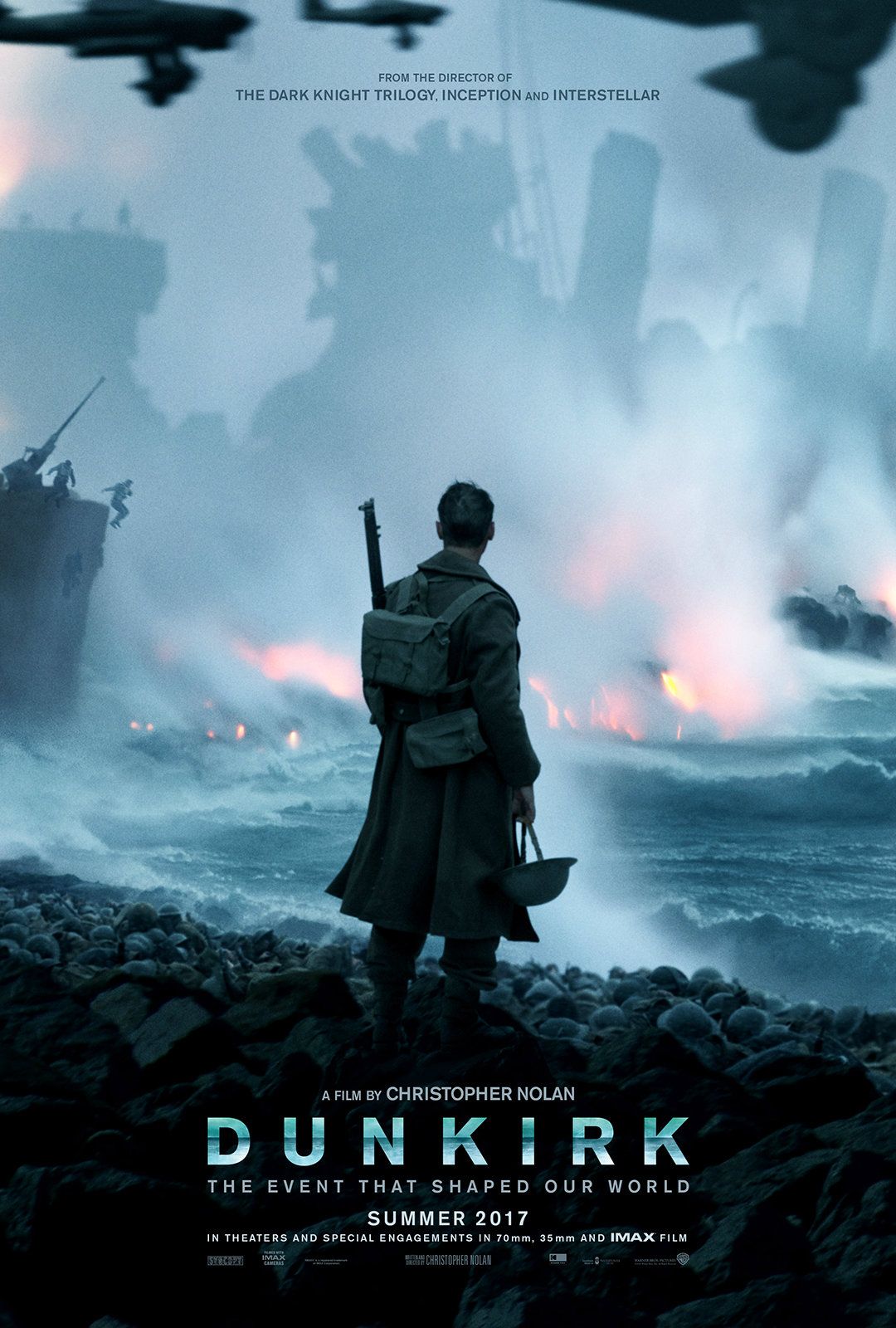It's been an almost three-year wait since Interstellar, but Christopher Nolan finally returns to cinemas this summer. And this time it's something a bit different to what we've come to expect from the American-British filmmaker; since resurrecting Batman with The Dark Knight Trilogy, the director has shown an overall fantasy obsession, with magician thriller The Prestige, dream heist Inception and emotion-rooted space epic Interstellar, but his next film sees himself going for something more grounded.
Dunkirk will dramatize Operation Dynamo, the evacuation of Allied troops from the French coast in the early days of World War II. Starring a cast so enviable even David O Russell would be jealous - Kenneth Branagh, Mark Rylance, Tom Hardy, Cillian Murphy and, somewhat controversially, Harry Styles - so far, all the footage released has teased an incredibly intense war movie, promising an unflinching take on the pivotal event.
Perhaps not quite as unflinching as we thought. The latest news surrounding the film is that it's going to have a PG-13 rating, meaning that while we'll definitely get a taste of war, the film will be unable to show the full horrific extent of armed conflict. Why have Warner Bros. - or, perhaps more accurately, Christopher Nolan - gone this route?
Why Are Nolan Films PG-13?
From a purely objective, contextual standpoint, this shouldn’t be too surprising. Nolan’s last R-rated film was 2002’s Insomnia; since breaking big with Batman Begins in 2005, all of his movies have been PG-13. That’s a six movie run where he’s played it wide, and in each of those cases, you can see why; for The Dark Knight Trilogy that was pretty much a prerequisite (even in the recent boom in R-rated superhero movies, it’s unlikely Batman will move away from kid appeal), while Inception was, for its twisty concept, a big summer movie and Interstellar a sci-fi film that focused on majesty, rather than horror. The only one that could have gone higher was The Prestige, but the story didn’t require it to go deep into gore, swearing or nudity. Although there’s a deeper meaning than just tradition; his movies stay PG-13 because that’s part of the Nolan formula.
The fact of the matter is that since breaking out as an indie wunderkind with Memento, Nolan has become the mainstream director to beat. It’s now normal for promising up-and-coming filmmakers to find themselves helming big franchises in hope of bringing fresh energy to tired tropes (for examples of varying success, see Jordan Vogt-Roberts with Kong: Skull Island, Gareth Edwards with Godzilla and Rogue One, Colin Trevorrow with Jurassic World or Marc Webb with The Amazing Spider-Man) but it’s a trend he pretty much started. Before him, blockbusters were different beasts; you occasionally saw someone get handed the keys to the mansion early on in their career - like music video trailblazer David Fincher with Alien 3 – but it had never worked as harmoniously as with Nolan and Batman.
What the copycats need to learn is that the genius wasn’t in just getting Nolan to up the brooding in a franchise deemed irreversibly ruined by Joel Schumacher’s day-glow sensibilities, but in having that lead into an incredibly successful run of releases; in a one-for-me-one-for-you style deal, Nolan got to make a more personal film between his Bat-flicks, which eventually began to match The Dark Knight in terms of critical and financial success (adjusted for inflation, Inception made more worldwide than Batman v Superman). And these movies weren't reversion indie outings either. Chris was pushed up to the big leagues and adapted to fit, making his passion projects into tentpole releases on the same level as Batman, following defined rules and working his own loves (based on recent comments, he’s clearly obsessed with time dilation) around that. A key factor in this is making his movies PG-13, thus ensuring the films got the biggest possible reach and were able to play to families as well as they do cinephilles. The result is that Christopher Nolan is a brand by himself. His name is as much a marketing point as their stars or subject, able to sell movies that wouldn’t usually get past a low-level producer’s assistant.
For Dunkirk, things were a little more open to variation than previously - it’s not part of another franchise and even compared to a The Right Stuff-2001 mash-up epic has less inherent mass appeal. However, it is still aiming to be a blockbuster; it’s got a prime July release and every step of promotion so far is not dissimilar to any (non-superhero) big release. As such, there was really no reason to expect it to be anything but PG-13.
A PG-13 War Movie?
But while it’s to be expected that a new Nolan will be PG-13, that doesn’t get past that what this leaves us with is a war movie – possibly the most expensive war movie ever made – that’s unable to accurately show the full-scale horrors of the events it’s depicting.
War movies are typically rated R, especially the more recent, great ones. Apocalypse Now? Saving Private Ryan? The Thin Red Line? All R. As if to prove the point, recent awards hit Hacksaw Ridge was in development hell for the better part of a decade, partly due to studio insistence the film not be R. It’s not a hard-fast rule, but PG-13 war movies tend to be limper experiences that skirt around their subject matter and fail to stick in the public consciousness; War Horse is the most recent example, which belies its Best Picture nomination (seriously, that happened) by being completely forgotten. So, how can Dunkirk avoid a similar fate?
The story of Nolan's film is ostensibly being told in three parts – land, air and sea. It’s not inconceivable to imagine the latter two parts featuring nothing too extreme for a young audience. Land, however, poses an issue. The previously best regarded account of the Dunkirk evacuation is Atonement, with its defining tracking shot that conveyed in a lean five minutes the full extent of being on the ground. That was a key part of why the film got its R-rating, suggesting Dunkirk will have to side-step this full extent or the gore. That said, in that movie the gore was used for contrast – to highlight how far James McAvoy was from the stately homes of the movie’s first half. If Nolan is trying for something more tonal, focusing on the high tension of the rescue mission rather than the visceral horror, he can use a different toolkit.
Besides, fitting of his darker side, Nolan has always pushed what you can do in the PG-13 rating, and not in the usual studio movie way where they seem to tick off the requisite number of swear words. The Dark Knight is perhaps the best example, seeing as it received so much controversy around release; it goes without saying Heath Ledger’s Joker is one of the greatest screen villains of all time, easily as terrifying as Anthony Hopkins’ hard-R Hannibal Lecter, and his violent acts – most notably a pencil trick that would made John Wick wince – are conveyed through suggestion that relies heavily on audience interpretation (i.e. posing little sustained threat for children). Not being an R needn't mean we don't get something affecting (or even harrowing).
Through all this, it’s worth also considering Nolan’s true benchmark. Unlike many of his contemporaries, the director isn’t just a student of Lucas and Spielberg; like any hungry film fan, he worked backwards and took inspiration from the films that first inspired those trendsetters to make Star Wars, Indiana Jones et al. Dunkirk has more in common with war films of the 1950s and earlier than it does anything from the past twenty years, and many of these – including arguably the greatest and affecting war movie of all time, Lawrence of Arabia – were rated PG (PG-13 wasn’t even introduced until the mid-1980s). This can be seen in how classically composed the film appears in the footage so far, especially the IMAX prologue released with Rogue One and currently playing before Kong: Skull Island; the dogfights in particular feel like they owe a debt to The Dam Busters and its ilk, the same films that formed the basis for Star Wars space battles.
Putting it simply, to make the sort of movie he’s trying to, Nolan shouldn’t actually need to go R.
PG-13 Isn’t Inherently Worse Than An R
Now to real issue. Much of the “shock” that Nolan has made a PG-13 film, war-based or otherwise, seems to come from a misguided view that an R rating is somehow superior. This is quite simply, ridiculous; no amount of sex, drugs, blood, swearing or rock and roll will make a movie great if it’s not got good constituent elements. To whit, out of the Top 20 films on IMDb, only half are rated R – the rest are PG-13 or lower (two of which are films by Nolan).
This argument could always be found, but has become prominent in the past twelve-months. For the longest time, studios were very reticent to making R-rated blockbusters, not wanting to shut out a key portion of the audience. However, the recent critical and commercial double-tap of Deadpool and Logan (as well as R-rated home video versions of PG-13 theatrical releases generally being regarded as superior versions) has created the illusion that simply being rated R allows a film to be somehow better, leading to rampant discussion of what should get the treatment next.
Now the adult focus allowed those two films to both succeed, and some of their best elements (lewd, irreverent comedy and violent, savaged action respectively) come directly from that, but wide appeal comes from something more ingrained and subtle, an understanding of character above all else. Neither would have been as good at PG-13, both due to having to sand off complex edges and the nature of the industry forcing them to play it broader, but the rating isn't the true explanation of their success.
-
Based on his legendary career thus far, we can presume that Nolan has constructed a story that will be sufficiently told within the setting of a PG-13, a consideration made because he's developed a balance of creative and commercial focus in his work. Could the Dunkirk rescue be told in an R-rated film? Of course. But does it being accessible to those under the age of 15 make it somehow inherently flawed? Not at all.

